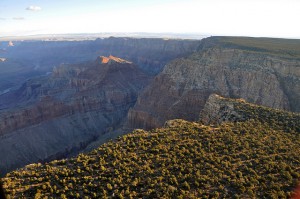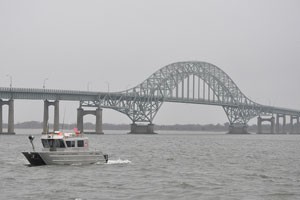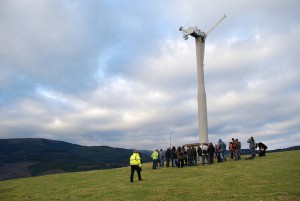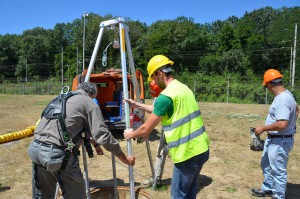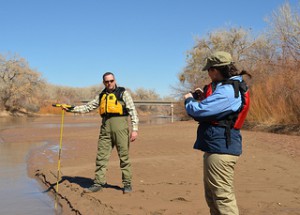Four Environmental Review Issues That Come up During Oil and Gas Projects
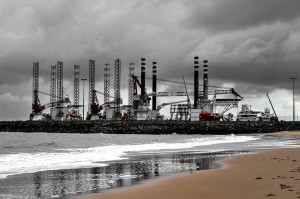 For oil and gas companies, making sure that their projects comply with all pertinent environmental regulations is of the utmost importance. In addition to demonstrating good corporate citizenship, looking out for possible environmental problems in advance is necessary in order to avoid possible delays and reroutes once the project has already started.
For oil and gas companies, making sure that their projects comply with all pertinent environmental regulations is of the utmost importance. In addition to demonstrating good corporate citizenship, looking out for possible environmental problems in advance is necessary in order to avoid possible delays and reroutes once the project has already started.
Oil and gas projects are unique when it comes to environmental compliance because they tend to cover large areas and multiple jurisdictions with different sets of regulations. As a result, it can be helpful to work with an environmental consulting firm that understands the unique challenges that oil and gas companies face involving environmental regulations.
Read on to learn about a few of the environmental issues your oil and gas project may encounter.
1. Endangered species
Animal life is an important part of the areas where we live and work. Therefore, it’s important to find a way to implement your oil and gas project without threatening the most vulnerable members of the animal community.
In many cases, an endangered species will only live in a certain area. If your project team is not familiar with the wildlife in that area, they might not be aware of the presence of endangered species and the regulations that often accompany them. Educating your team about endangered species and helping you come up with a plan that accounts for them is one of the most important services an environmental review firm can perform for an oil and gas company.
2. Wetlands building regulations
Wetlands serve as important habitats for a wide variety of plant and animal life, so it’s no surprise that government agencies have taken steps to protect them. If your oil and gas project requires you to build in or around a wetland area, it’s vital that you take steps to obtain the necessary permits far in advance. The process of securing such a permit can take anywhere from six to 18 months. If you’re ready to start your project but don’t have the necessary permits, there typically is no other choice than to shut down the project and wait.
The US Army Corps of Engineers is solely responsible for the entire wetlands permitting process. When you receive your permit depends entirely upon the USACE’s schedule. As a result, this is definitely not something you’d want to leave until the last minute.
3. State water regulations
While the federal wetlands regulations can be difficult to navigate, state regulations around protected bodies of water are a different concept altogether. If your oil and gas project passes through multiple states, you would be beholden to a different jurisdiction for each individual state and would therefore have to follow multiple sets of regulations for protected bodies of water.
In addition to knowing which bodies of water are protected in each state, you’d also need to know what types of regulations and permits each state has established. Working with an experienced environmental consulting firm can help simplify this process.
4. Archaeological and historical sites
There’s history everywhere you look, and that includes your project site. It’s one thing to plan around known historical and archaeological sites, but there are always going to be undiscovered sites hidden below the surface that you can’t predict or plan for.
If one of these sites should turn up in the course of your project work, it’s important that you have a backup plan in place to keep your project progressing without disturbing the site.
Landpoint for environmental consulting services
If you need an environmental consulting firm to help you navigate the complexities outlined here, Landpoint can help. Review some examples of our environmental consulting work or download our eBook “How a Land Surveyor Can Provide Extra Value to Your Oil and Gas Project” to learn more.
Image Source: fernando butcher

